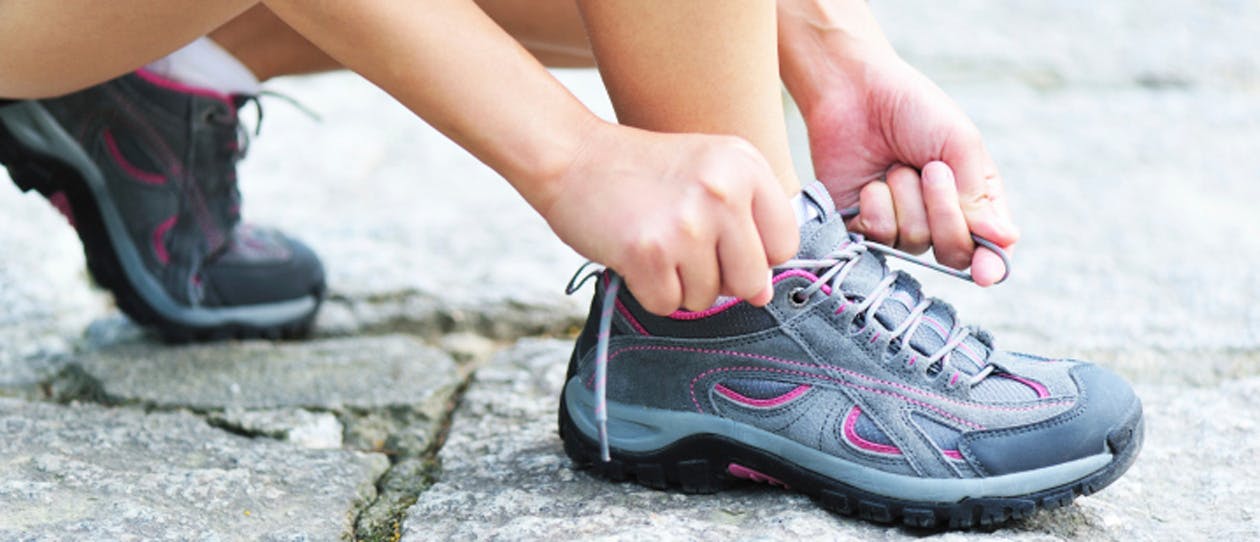The benefits of fitness
There are a number of benefits to physical and mental health to be gained from improving your current fitness level- and from staying fit:
-
Healthy blood pressure
- Reduced cholesterol
- Weight loss and weight management
- Healthy blood sugar levels
- Improved management of stress
The different types of fitness
Different types of activities help to boost different aspects of your fitness.
There are 3 main parameters of fitness that can help you achieve optimal health and wellbeing including cardio, strength and flexibility.
Cardio
Increasing your heart rate helps to trigger some of the many benefits of exercise. Your cardio fitness (also known as your aerobic fitness or stamina) is improved through activities that make you puff, such as brisk walking, running, cycling, swimming, paddling and cardio fitness classes.
How to make the most out of your cardio
- Don't miss two days in a row - Start out with 20 - 30 minutes at a moderate pace, and train 3 - 5 times a week, trying not to miss two consecutive days of exercise. As your fitness improves, increase the duration and intensity of your workouts.
- Incorporate variety - It’s important to continually challenge your mind and body with different activities, surfaces, gradients, intervals and time challenges. You’ll be less likely to suffer an injury, and more likely to stay motivated.
- Use technology - There are wide range of gadgets, workout toys and smart phone apps to make training more enjoyable and productive. Heart rate monitors, GPS devices, pedometers and fitness bracelets track your movement, and offer great feedback on your workouts
- Find an activity you enjoy - Choose an activity, or combination of activities that you enjoy. It's also great to add a fun element to your exercise routine with activities such as tennis, touch football, soccer or dancing.
- Move to the beat - Listening to music while you workout is a great way to get motivated, and new technology has made music more portable than ever. Most mobile phones can store enough songs to keep you bopping along for a very long time.
Strength
Boosting your muscular strength is growing in popularity as a fitness pursuit amongst both women and men. It can be beneficial for sporting activities, labour intensive occupations, injury prevention and weight control.
Strength can be progressively improved through resistance training (also known as strength training or weight training) where you lift, push or pull against a resistance.
5 ways to boost your strength
- Vary your resistance - While strength training is often focused on movements that use dumbbells, barbells and pin loaded weight machines, you can also change things up by using body weight, hydraulic machines, elastic bands and even water for resistance
- Start smart - Start out gradually by performing 1-2 sets of each exercise for the first few weeks. Find a weight you can lift at least 8 times (8 repetitions), but not more than 15-20 times. After 4 - 5 training sessions, progress by increasing the repetitions, the amount of weight you’re lifting, and / or the number of sets
- Aim for twice a week - Exercise all your major muscle groups in your legs, chest, back, shoulders and abdominals around 2 - 3 times a week. Avoid performing resistance training on consecutive days, as your muscles need 24 - 48 hours to recover
- Controlled movement - Use good, controlled technique when performing resistance training, avoiding fast, jerky movements. Contract your abdominals throughout (your core muscles) to protect your spine
- Seek help - There are countless videos and articles on the internet about how to perform resistance training. But if you have any concerns, consult a qualified personal trainer or exercise physiologist to assist you
Flexibility
Improving your flexibility involves a series of movements designed to free up your joints, prevent stiffness, promote relaxation and improve posture. Being able to move your joints through a full range of motion also allows you to perform other types of physical activity more efficiently.
How to get more flexible
-
Be consistent - Aim to perform some form of stretching exercises at least 2-3 times each week.
-
Stretch your options - There are variety of structured activities that incorporate stretching, such as gym classes, yoga, Tai Chi and Pilates.
-
Ease on in - Ease gradually into and out of each stretch, holding for at least 15-20 seconds. Avoiding sudden, bouncing movements that may actually increase your risk of injury
-
Stretch after exercise - Make sure to perform some stretches after you exercise that target the specific muscles you have just used. This can help you cool down and may help to prevent muscle soreness


